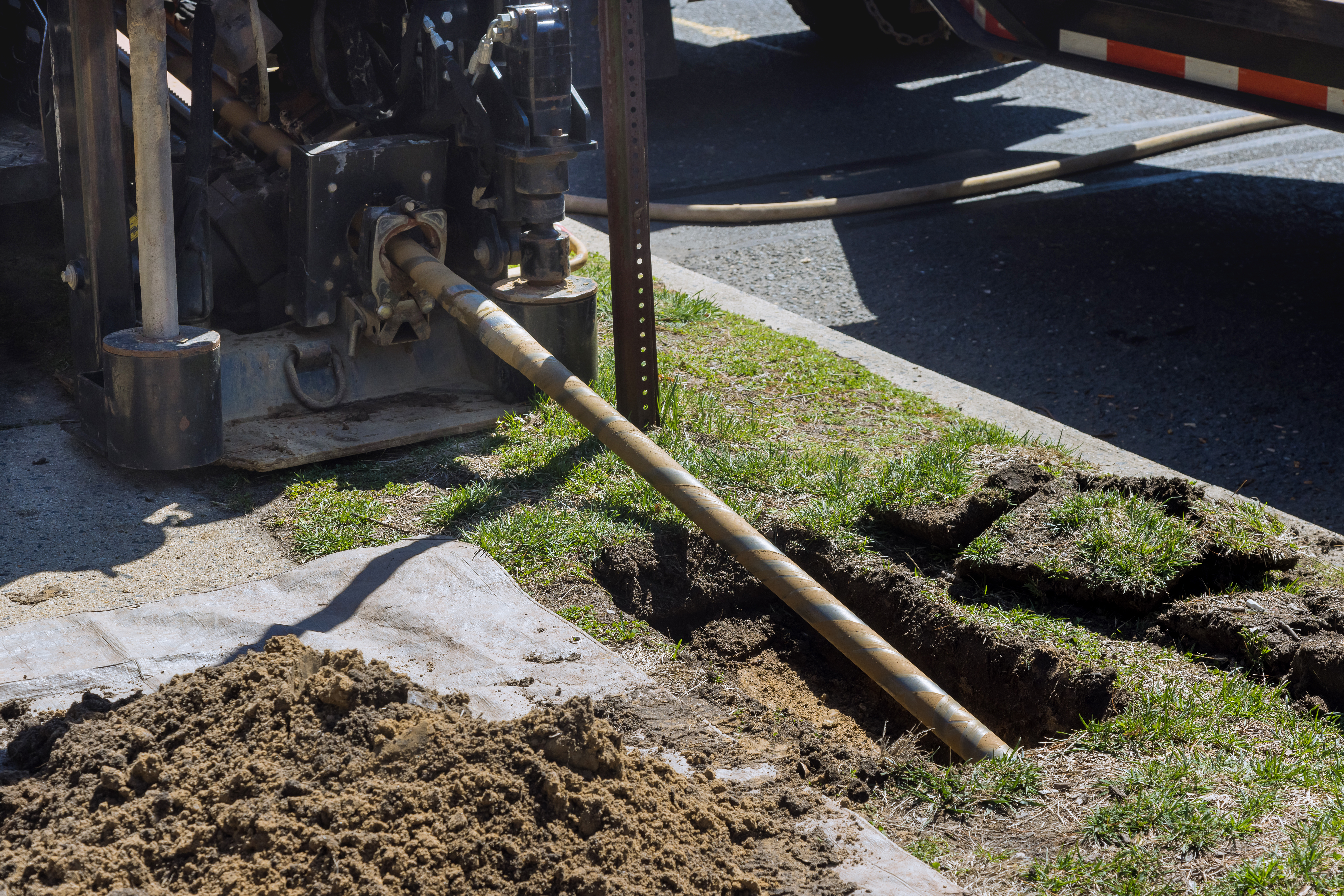
How GIS can help you follow the Lead & Copper Rule
The imminent Lead and Copper Rule can be a cause of stress and anxiety for water systems across the country. It may even keep you up at night ensuring your facility complies with EPA regulations. The EPA’s new Lead and Copper rule hopes to strengthen every aspect of the LCR to better protect children and communities from the risk of lead exposure.
Below we’ll explore 4 ways GIS (Geographic Information System) can assist water systems in complying with the Lead and Copper Rule, reducing stress, and improving efficiency.
-
Flexibility and Customization: GIS gives water systems flexibility and customization over their systems in ways that could not be done before. When tracking and inspecting service lines, you need to be able to update both the city and homeowner sides of the line. GIS allows you to customize the fields to only show material types that are within your system. Digital mapping gives water systems the ability to create fields that deal with the date the last field was verified, the type of building, and any other data points that need to be included in your service line verification.
-
Community Engagement: Along with tracking your assets, you must let the community know what type of service lines are leading into their homes. Once inspections are complete, your GIS map can be shared and embedded into a city website allowing residents to find their address and see the details specific to the customer side. This builds trust between the water department and the community, which should create buzz and help other residents schedule their inspections so their homes can be included.
-
Data Management and Reporting: Digital mapping simplifies the reporting process required by the EPA. It enables users to download their service line data as a spreadsheet, apply filters, and search for specific information easily. This can improve the water system’s data management and assist them with regulatory compliance.
-
Efficient Home Inspections: Digital mapping also allows field workers to do home inspections, quickly updating the home’s information without using a pen and paper. You can take notes and photos directly from your phone or tablet, updating service lines and homeowner information in the digital map. No need to go back to the office and input notes. This can save time and reduce the chance of inspection forms being lost due to poor bookkeeping.
The health and safety of our communities is at the top of all water systems’ priorities. In recent years, we’ve seen too many communities suffer from poor record-keeping of their service lines. We hope this encourages readers to explore GIS solutions as a way to update their water systems and comply with EPA regulations.

